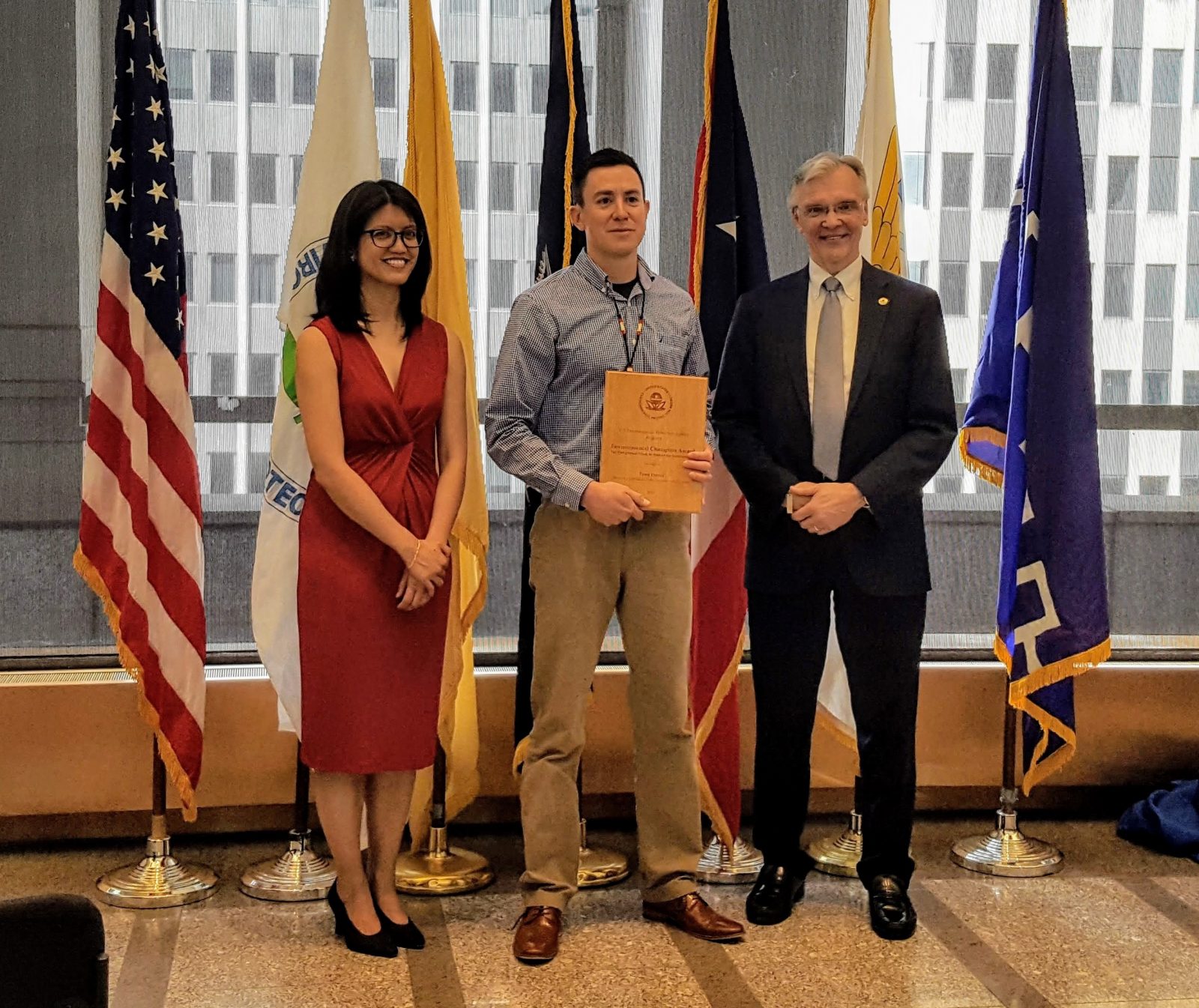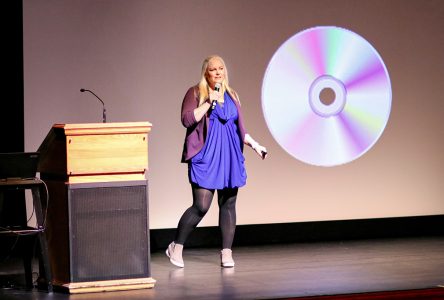CORNWALL, Ontario – The removal of the Hogansburg Dam in the fall of September 2016 was a triumph of spirit, ingenuity, and collaboration, restoring a natural water course that had been impacted by decades of industrial control. On Wednesday, November 1 at 700 p.m. Science and Nature on Tap is pleased to welcome to Cornwall, Tony David, Water Resources Manager for the Saint Regis Mohawk Tribe who spearheaded the successful efforts to remove the 330-foot-long Hogansburg Dam.
The St. Regis River project is the first removal of an operating hydroelectric dam in New York State and the nation’s first decommissioning of a federally licensed dam by a Native American tribe. For that reason this project has gained international attention earning David the 2017 Environmental Champion Award. Bestowed by the U.S. Environmental Protection Agency, the award recognizes an individual’s dedication and commitment to protecting and enhancing environmental quality and public health. This dam was the first impassable barrier to fish on the St. Regis River and blocked fish migration and obstructed natural flow patterns for over 85 years. The removal of this barrier re-established the river’s connection with the St Lawrence River and opened up nearly 443km of stream habitat to migratory fish, including American eel, lake sturgeon, Atlantic salmon and walleye.
“We look at this not only as reclaiming the resources and our land, but also taking back this scar on our landscape that’s a constant reminder of those days of exploitation,” said Tony David. He adds, “The next town upstream was known by the Mohawks as ‘Place of the Salmon. Before salmon were eradicated from this river, people would be out in the shallows netting or spearing them to feed their families.”
This former industrial site will now become a focal point in the Mohawks’ cultural restoration programme, funded by a $19m settlement in 2013 from General Motors, Alcoa and Reynolds for contamination of tribal fishing and hunting grounds along the St Lawrence River.
“We’re transforming it from a dangerous no-go zone to some place that’s inviting and beautiful,” said Eric Sunday, an apprentice in the cultural restoration programme. “It creates opportunities to get people together, showcase skills, get more knowledge about our traditional ways and just appreciate nature.”
The project has been part of a larger movement that has dismantled nearly 250 dams across the country since 2012, according to the conservation group American Rivers. The Mohawk people of Akwesasne have a deeply rooted history in a subsistence lifestyle including hunting and fishing along the extensive network of rivers that connect the St. Lawrence River to the Adirondacks. This dramatically changed when early settlers reshaped the system of tributaries for natural resource and hydroelectric power exploitation.
Funding from a variety of private and federal sources provided the Saint Regis Mohawk Tribe with a direct role in the Hogansburg Dam removal as well as delivered opportunities for research on pre and post removal conditions. The St. Regis Mohawk Tribe are continuing to work with other stakeholders to study changes following the dam removal.
Don’t miss this opportunity to learn about a unique project that is restoring nature and culture on the St. Regis River. Science and Nature on Tap Sessions are free of charge and held at Schnitzels European Flavours but space is limited. If you would like more information or to reserve a seat please call (613) 936-6620 or e-mail Coordinator Karen Cooper at kcooper@riverinstitute.ca or visit www.riverinstitute.ca.



